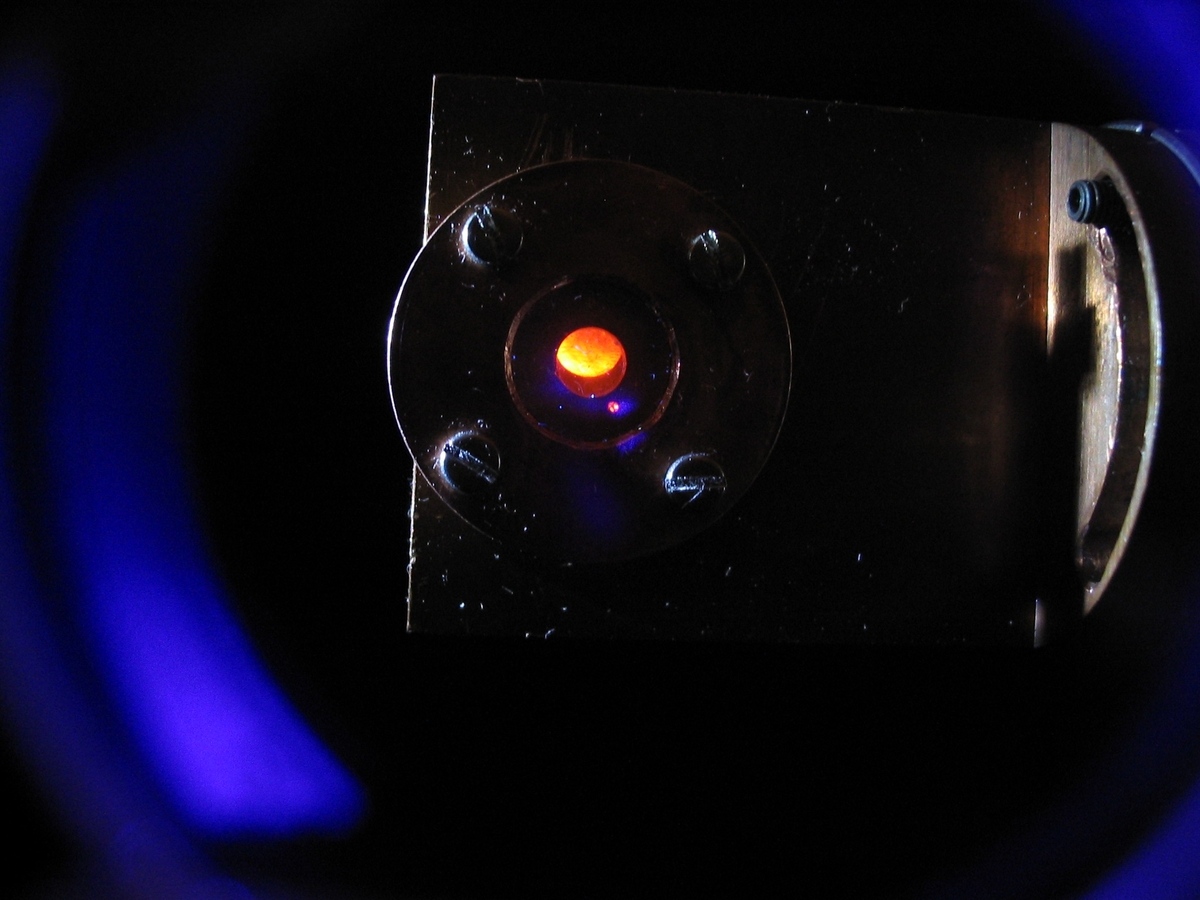Laser Spectroscopy
Since the development of the most common laser types in the late 1960’s, the use of laser based methods in different fields of spectroscopy has been continuously growing. Besides a minimum of sample preparation requirements, most of these methods feature superior detection sensitivity. Time-resolved laser fluorescence spectroscopy (TRLFS) is a method routinely applied at INE for the chemical speciation of lanthanide and actinide cations (e.g., Eu(III), U(IV), U(VI), Am(III) or Cm(III)) at trace level concentrations down to 1.0E+08 atoms in the sample – both in solid and liquid phase. Following excitation by pulsed laser light, luminescence decay kinetics within ns to ms time scales can be recorded. From the luminescence decay lifetime of aqueous complexes the number of water molecules in the first coordination sphere is derived, allowing to obtain structural information of the complex. In conjunction with the shift or splitting of the emission peaks, different lanthanide and actinide species present in the sample are discernible.
Contact :
Dr. Andrej Skerencak-Frech Tobias Hippel
+49 721 608 26024 +49 721 608 29333

